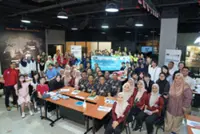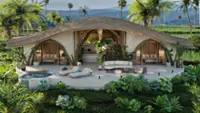Kampong Ayer in Brunei. — Brunei Tourism
It's often said that water is the “other” name for life.
Since time immemorial, this notion has inspired people in certain parts of the world to live on the water in houses built on stilts. By virtue of natural population growth from generations living there, some of these settlements expanded to such a scale that calling them floating or water villages became obvious.
Already a subscriber? Log in
Save 30% OFF The Star Digital Access
Cancel anytime. Ad-free. Unlimited access with perks.





